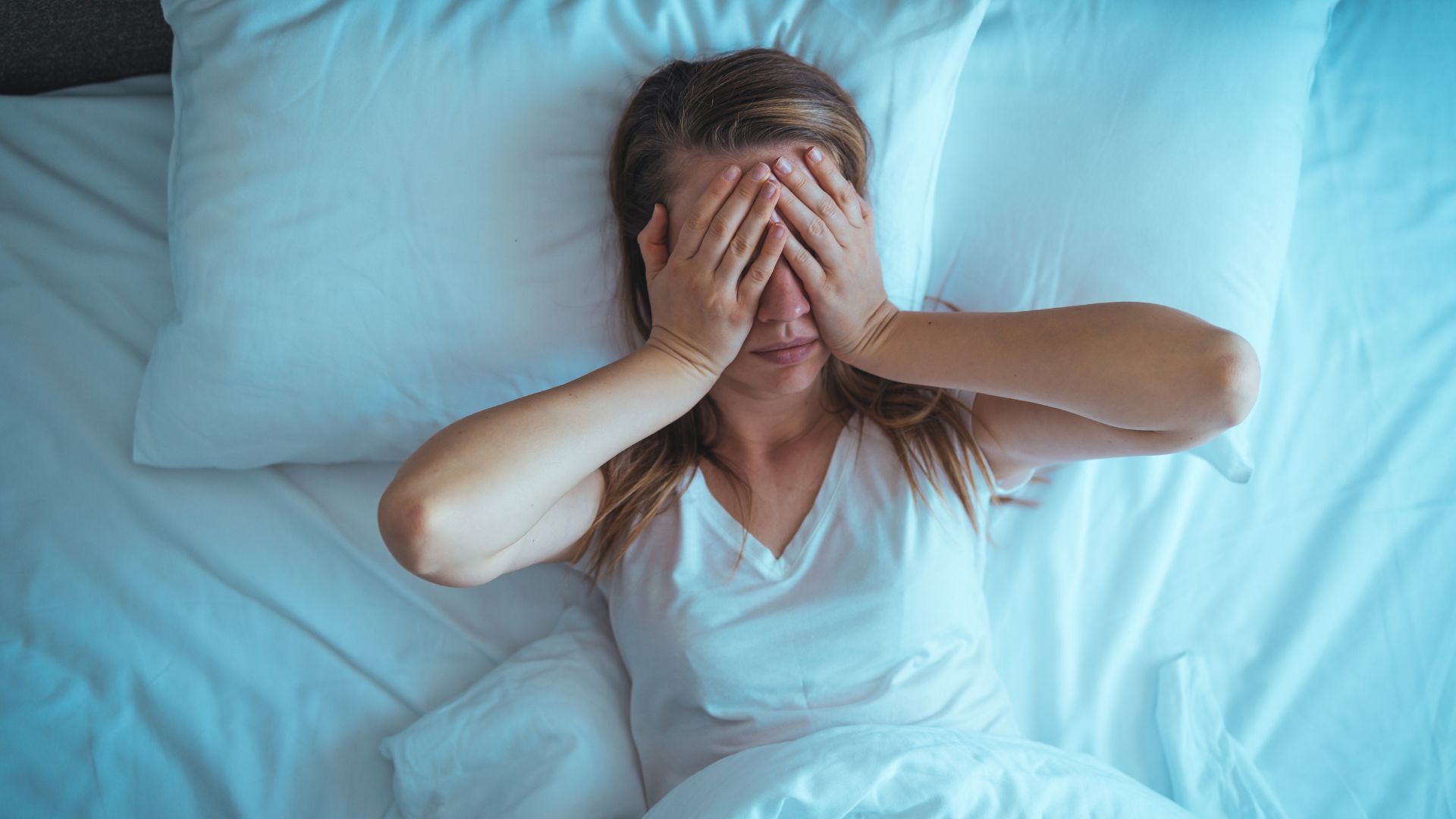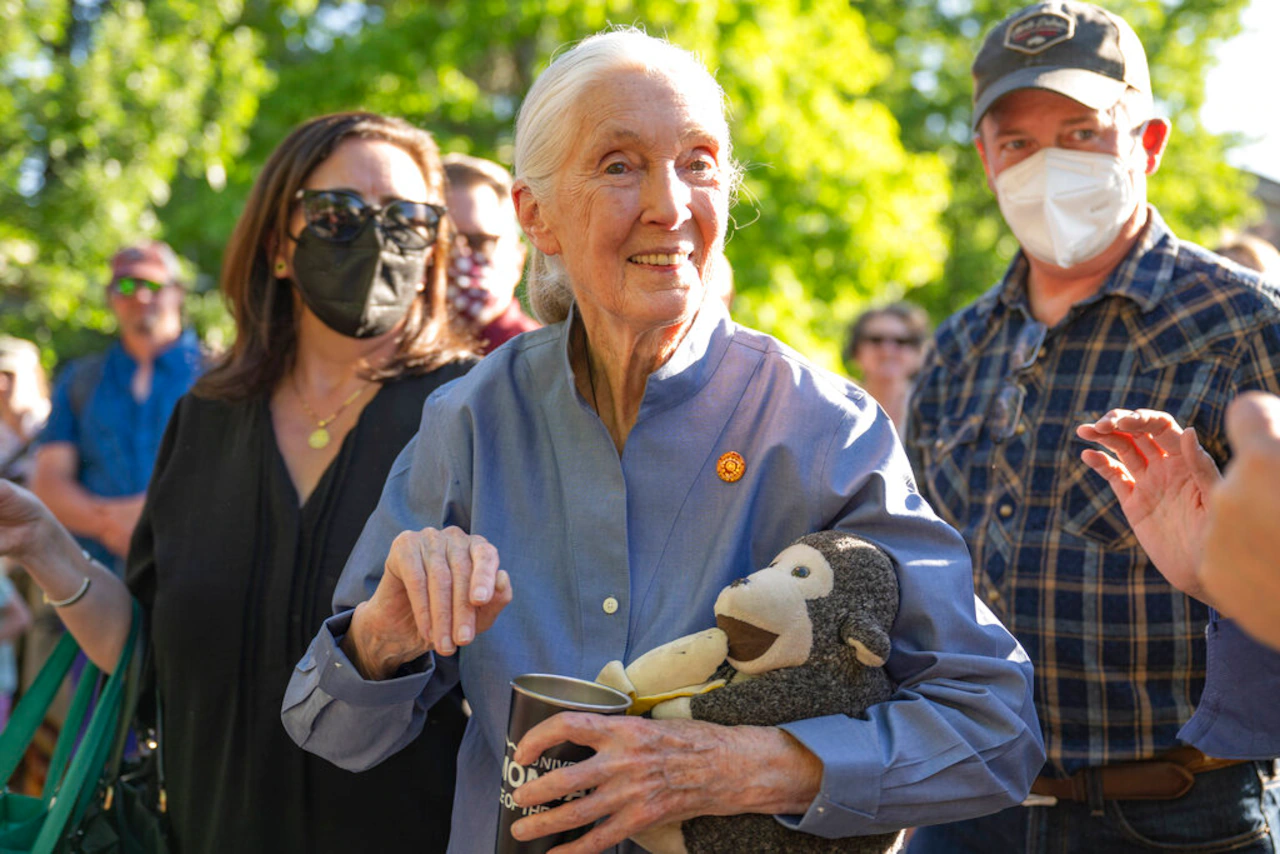
Good sleep can reduce stress, improve alertness and even boost your mood, however, as sleep expert and clinical psychologist Dr. Leah Kaylor explains, getting good rest requires some work.
“If sleep could be bottled and prescribed it would be hailed as the most powerful performance enhancer… on the market,” says Dr. Kaylor.
While bottled sleep might be the stuff of science fiction, in her new book, If Sleep Were a Drug, Dr. Kaylor has the next best thing; attainable habit changes to make better sleep a nightly occurrence.
“Building healthy sleep habits, managing stress, and understanding your body’s needs are the keys to long-term success,” she advises.
And you can fit all the tips below into your routine, starting tonight.
In the meantime, browsing our best mattress guide can help you find the right bed for your needs.
3 habits to start today for better sleep tonight
1. The ‘gold standard’ habit of good sleep — timing
For many of us, bed time is often no more than a suggestion — when you actually go to sleep can change day to day.
But Dr. Kaylor emphasizes that when it comes to your sleep routine, consistency is “everything.”
“Go to bed at the same time and wake up at the same time every day,” says Dr. Kaylor. “That’s the gold standard.”
“If you’re constantly changing when you go to bed or wake up, you’re confusing your body clock,” she explains. Consistency, on the other hand, acts as an “anchor,” tethering your sleep cycle to a routine.
To choose a bed time you’ll stick to — yes, even on weekends — work out how much sleep you need and when you wake up. Use this to figure out your optimal bed time.
2. Add ‘worry time’ to your evening
‘Worry time’ sounds pretty awful, but it’s about to become an essential in your evening routine.
All you need is two pieces of paper, a pencil and a timer. Aim to do this roughly three to four hours before bed, ideally in a place that isn’t your bedroom.
Set your timer for 10 minutes and then… let it out. As Dr. Kaylor says, this is a time for “word vomit,” to get all your worries “out of your head and onto your paper.”
The first piece of paper is for the worries you can control. This will become tomorrow’s to-do list.
“Writing down tasks and responsibilities ensures that your brain doesn’t have to carry the extra weight of those thoughts into the night,” says Dr. Kaylor.
The second piece of paper is for everything you can’t control; a mental “parking lot.”
“Because the mind perceives these open tasks as needing resolution, it continues to rehearse them, often involuntarily. Writing them down lets you release them, at least temporarily,” explains Dr. Kaylor.
Once you’ve finished your worry time, you can switch your focus to calming wind-down habits, such as gentle exercise, reading or taking an evening shower.
3. Take your laptop out of your room
Your bedroom can be an unintended source of stress, particularly for those of us who work from home. Laptops, notebooks and even work bags in the bedroom can all be setting off stress signals in your brain.
“These act as visual triggers, reminding you of deadlines or unfinished tasks, which spikes stress and keeps your brain in ‘on’ mode,” explains Dr. Kaylor.
Her advice? Clear it all out.
“A bedroom free of work cues helps establish clear boundaries between work and rest,” she advises.
And if you find yourself frequently waking up in the middle of the night, she has a tip for that as well.
“Consider setting an alarm for 5 minutes before you usual wake time to observe your surroundings,” she advises. “Pay attention to any unexpected noises or sources of light that might be interfering with your sleep.”
For long-term sleep help, book a vacation
Over one-third of Americans would consider booking a vacation just to snooze but Dr. Kaylor has a different approach to sleep tourism.
Instead of spending your PTO catching up on REM, she suggests using your time off to fix your sleep cycle.
“One of the best ways to figure out how much sleep you need is to go on vacation,” explains Dr. Kaylor. “Without the pressure of an alarm clock, you can let your body fall asleep when it feels right and wake up naturally.”
Over the course of several days you can discover your “natural sleep needs.” And when you get back to normal (aka work), this knowledge can be used to build your sleep schedule.
“Do this for several days in a row and you’ll quickly discover your natural sleep needs,” she says.
The one morning habit to avoid
We’ve all been guilty of ‘just five more minutes’ but Dr. Kaylor advises you resist the lure of the snooze button.
“Each time you hit the snooze button it has the potential to jolt your body with a spike in cortisol,” she describes, “elevating blood pressure and triggering a fight-or-flight response.”
That essentially equals a big bolt of stress to start your day.
“If you’re pressing snooze multiple times, imagine that stress wearing you down before your shift even starts,” she notes.
And once you’ve learnt your sleep needs, you should find it easier than ever to leave the snooze behind.



